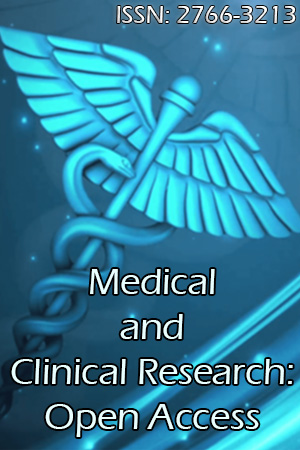Successful Utilization of Poly-4-Hydroxybutyrate Mesh in High Risk, Complex Abdominal Wall Reconstructions with Photo-Microscopic Analysis.
Amir H Fathi, Joshua Ladella, Shabnam Pooya, David Slater, John Bilello.
Background: Biosynthetic resorbable mesh offers encouraging alternative for reinforcement in complex hernia repairs. This study evaluated outcomes of P4HB, absorbable polymer scaffold, in high-risk patients undergoing complex abdominal hernia repairs. Materials and Methods: This is a retrospective outcomes analysis of a prospectively kept database. Patient/wound characteristics, perioperative findings, short/mid-term outcomes of our cohort were analyzed. Endpoints included hernia recurrences, wound events and any complications. ACS NSQIP online risk calculator was used for each patient to obtain predicted outcomes as virtual matched control group. We also performed a full-thickness abdominal wall biopsy at 14-months post mesh implantation for histologic evaluation. Results: 28 patients with mean age 57 years and mean BMI 31 were analyzed. 21 patients (75%) had preexisting infections. 20 (71%) of patients had class I wounds per CDC classification at time of surgery. However, 19 of these 20 had wound or deep organ/space infections prior to surgery. Repair types included restoration of Linea Alba with retromuscular mesh placement in 23 patients (82%) with 22 of them requiring additional myofascial release. 5 patients (18%) had only mesh placement. Postoperatively, 11 patients (39%) had complications with zero hernia recurrence and zero mesh explantation at maximum of 42 months of follow up. Conclusion: P4HB can be successfully used in high-risk operative fields with no postoperative mesh explantation, despite serious complications such as infected hematomas. Histologic evaluation of the human tissue, 14-months post-implantation of P4HB confirms mesh presence with surrounding dense collagen scaffold formation and minimal inflammatory response.
View pdf
